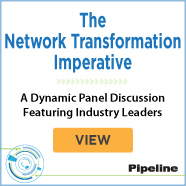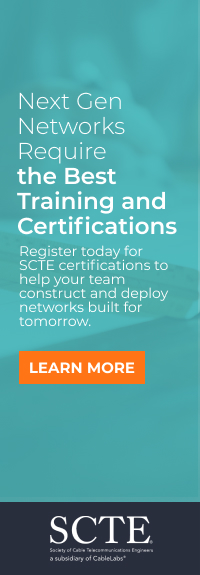When Six-month Plans Meet Six-second Solutions
In a world where breakthrough AI capabilities emerge faster than most companies can evaluate them, decision cycles that take quarters are not just inefficient, they're obsolete.
models if they understand what patterns matter. The barrier to entry isn't coding knowledge—it's business insight combined with speed to act.
Here's what I've learned from watching dozens of implementations: it's not just about individual capability. It's about organizational reflexes.
How to Actually Win
Strowger didn't try to reinvent telecommunications. He solved one specific problem with whatever materials he had available. That's your playbook in a world where capabilities evolve faster than most companies can deploy them.
Pick something measurable and annoying that happens regularly. Document processing, maybe, or routine analysis that takes hours but shouldn't. Establish baseline metrics, then test AI solutions
in parallel with your existing process.
When ChatGPT or Claude cuts your processing time by 40 percent while reducing errors, you've got proof. Scale gradually. Kill what doesn't work quickly—and trust me, some won't work. The key is
treating every model upgrade as free horsepower, and in a world of constant breakthroughs, those upgrades are coming whether you're ready or not.
I've watched too many companies get paralyzed by AI governance frameworks, while competitors ship solutions. Perfect is the enemy of progress when progress happens faster than your planning
cycles. Start small, measure everything, iterate fast.
Here's my pet peeve: executives who want to "pilot" AI for six months before making real decisions. By the time your pilot is done, the AI landscape will have shifted three times over.
The Culture Shift
The companies winning this transition aren't the ones with the biggest AI budgets. They're organizations where people see each breakthrough as an opportunity rather than a threat.
In 2025, experts already predict a significant shift from individual AI models to systems where multiple AI agents work together—specialized teams tackling complex problems. You need internal AI
literacy programs, but more importantly, you need cultural permission to experiment at the pace of innovation. Make it safe to try things and fail fast. Reward smart experiments over perfect
plans.
I worked with a financial services firm last year where the culture shift was the hardest part. The technology worked fine, but people were terrified they'd be replaced. It took months of honest
conversations about job evolution—not replacement—before productivity improved.
When learning speed becomes your core competency, everything else becomes manageable—even a world where rules change faster than quarterly board meetings.
The Bottom Line
In a world where breakthrough AI capabilities emerge faster than most companies can evaluate them, decision cycles that take quarters are not just inefficient, they're obsolete.
The organizations that dominate the next decade will master this fundamental shift: from competing on what they know to competing on how fast they learn and adapt to capabilities that didn't
exist last week.
Some companies are already winning this race. Others are still forming committees to discuss AI strategy while 150+ new models ship around them each year.
The learning gap is widening with every breakthrough. The longer you wait, the harder it becomes to catch up. It time to move.



















